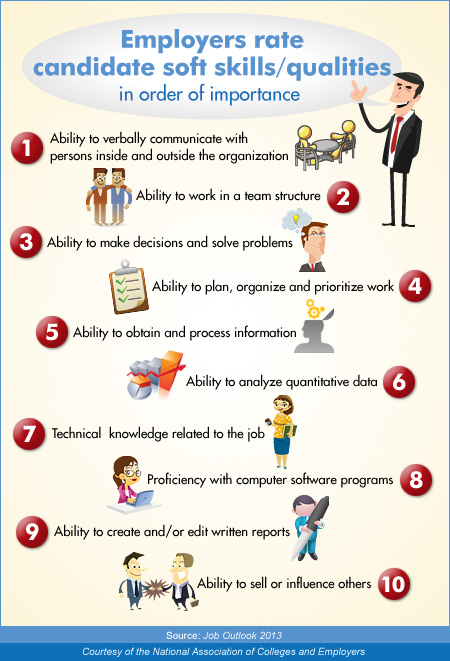Education costs are rising, student debt is overwhelming, and more people are questioning the value of  education. In fact 32 percent of Americans 25+ have baccalaureate degrees and just 10% have associate’s degrees. A recent post stated that “a fourth of the country’s workforce—more than 36 million adults—fall into the category “some college, no degree.”
education. In fact 32 percent of Americans 25+ have baccalaureate degrees and just 10% have associate’s degrees. A recent post stated that “a fourth of the country’s workforce—more than 36 million adults—fall into the category “some college, no degree.”
“College degrees are proving less and less effective as a predictor of job performance. Survey after survey finds employers dissatisfied with the qualifications of job applicants. According to one recent study, two in five college grads lack the basic reasoning skills required for white-collar jobs. (more)” So what is Ed supposed to do?
It is time to build a bridge based on a common language to meet what business needs and allow education to develop people to meet the need of today and tomorrow and this can be done by focusing on competencies. Education needs to focus on delivering content that is more career-relevant, contextual, engaging, and hands-on. Competencies bring to both parties the individual’s ability “to perform; a quality that permits or facilitates achievement or accomplishment” and extend beyond technical education but encompass the liberal arts that build the skills business needs to develop sustained growth as listed.
Education has to learn to respond quickly and business can help itself “providing the job shadowing and internship opportunities that are needed in these programs.” And to begin building a culture of engaged employees to stay they can support and encourage individual employees and teams to gain additional knowledge and skills with their education partner.
When both organizations focus on defining and using a competency driven needs analysis it provides education with a clear set of goals and outcomes to develop and then deliver. The benefit to business is to help focus of a clear business strategy for without that the competencies will not work. Business “must take the time to determine which major themes of behavior or competencies — e.g., innovation, customer engagement, action orientation — need to be demonstrated across your organization in order for your business strategy to work.”
focus of a clear business strategy for without that the competencies will not work. Business “must take the time to determine which major themes of behavior or competencies — e.g., innovation, customer engagement, action orientation — need to be demonstrated across your organization in order for your business strategy to work.”
And education is in the midst of change as well. However its focus on developing minds for the future hasn’t. As Harbrinder Kang, VP at Cisco, stated, “All knowledge is available via the web. The responsibilities of teachers to prepare students for the 21st century is to engage, inspire and coach.” And Nelson Mandela has been quoted saying education is the most powerful weapon which you can use to change the world.
So it is time for Biz and Ed to stop blaming each other for not providing the needs and workforce desired. Use the common language of competencies to align business strategy with educational design and together the result will bring each business the right people in the right jobs that possess the right competencies to reach the strategic goal. This skilled workforce will have more than just technical skills so the community and business will continue to benefit and develop people and new economic opportunities with a learning community able to change, to re-tool, and to partner with education to build new goals, new opportunities, and stronger communities.



















